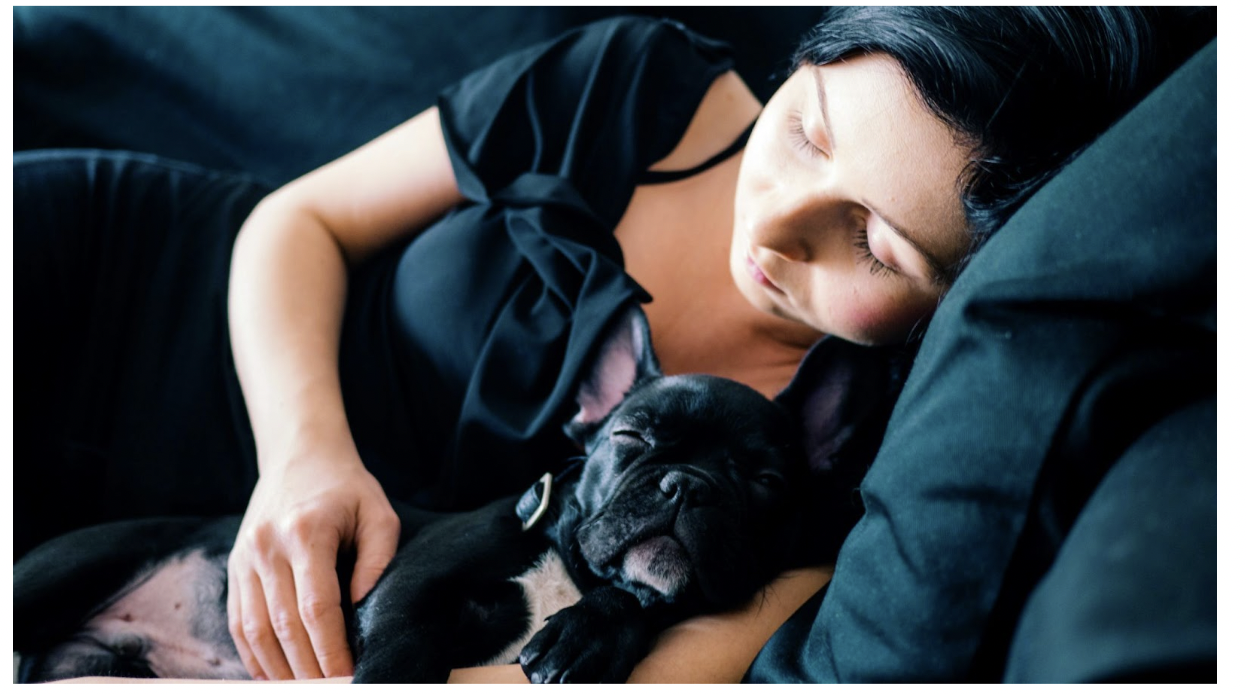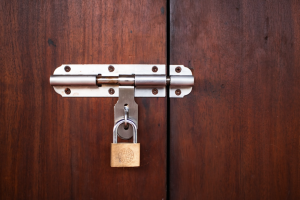How Your Pet's Sleep Patterns Influence Yours

Sleeping with a pet can offer comfort and companionship. However, it can also introduce challenges, especially when striving for restful sleep. Pets possess their own sleep rhythms, which can significantly impact their owners' rest.
By grasping these patterns and how they align with yours, you can forge a harmonious nighttime routine, ensuring a peaceful night for both you and your furry companion.
Understanding Pet Sleep Rhythms
Pets, particularly cats and dogs, exhibit sleep cycles distinct from humans. Dogs typically follow a polyphasic sleep pattern, meaning they nap multiple times throughout the day. They often slumber for 12-14 hours daily, with puppies and older dogs needing even more. These naps are brief, usually lasting between 45 minutes and an hour, interspersed with periods of wakefulness.
Cats, being crepuscular, peak in activity during dawn and dusk. They snooze for 12-16 hours daily, often in short bursts. Unlike humans, who generally have one long sleep period at night, cats can swiftly switch between light and deep sleep, staying alert to their environment.
Effects of Pet Sleep Patterns on Owners
The divergence between pet and human sleep patterns can lead to nighttime disruptions. For example, a dog might frequently shift positions or a cat might engage in playful antics during early morning hours. These actions can shatter your sleep cycle, leading to less restorative rest. Research suggests that pet owners who share their beds with pets often experience more interrupted sleep compared to those who do not.
Additionally, pets may snore, dream, or even experience nightmares, causing them to vocalize or move. These nocturnal behaviors can be particularly unsettling, especially if your pet is large or restless.
Creating a Sleep-Conducive Environment
To ensure a restful night for both you and your pet, it’s crucial to establish a sleep-conducive environment. Here are some tips:
- Dedicated Sleeping Space: Consider providing a specific sleeping area for your pet. While sharing a bed can offer comfort, having separate spaces can help reduce disturbances. A plush pet bed placed near your sleeping area can give your pet a sense of security while keeping them close.
- Routine Establishment: Pets thrive on consistency, so setting a regular bedtime routine can help regulate their sleep patterns. This might include a final walk or play session to expend energy, followed by a quiet period to settle down.
- Appropriate Bedding: Selecting the right bedding is essential for both you and your pet. For pet owners, hypoallergenic and easy-to-clean materials can help manage allergens and pet hair. For pets, a bed that supports their body and provides joint comfort is crucial.
- Crate Training Consideration: For dogs, crate training can provide a safe and comfortable sleeping space. A crate can serve as a cozy den where your dog feels secure, reducing movement during the night and minimizing disturbances.
Managing Nighttime Activity
If your pet tends to be active at night, it’s important to address this behavior. For cats, providing stimulation during the day can help decrease nighttime activity. Interactive toys, climbing structures, and playtime can help expend energy, making them more likely to sleep at night.
For dogs, ample exercise is key. A well-exercised dog is more likely to sleep soundly through the night. Evening walks or play sessions can help tire them out, promoting a peaceful night’s sleep. This is especially important if you have a high energy dog like a German Shepherd or Border Collie.
Monitoring Health and Behavior
Changes in your pet’s sleep patterns can sometimes indicate underlying health issues. For instance, excessive sleepiness, restlessness, or difficulty sleeping may signal health problems such as arthritis, anxiety, or other conditions. If you notice significant changes in your pet’s sleep behavior, consult a veterinarian.
Summing it up
While sharing your sleeping space with a pet can present challenges, understanding and adapting to their sleep patterns can lead to a peaceful coexistence. By creating a comfortable sleeping environment, establishing routines, and monitoring their health, you can enhance the quality of sleep for both you and your pet.
A well-rested pet is a happy pet, and when your furry companion sleeps well, you're likely to experience better sleep, too. Embracing sleep-friendly habits not only improves your rest but also strengthens the bond you share with your pet, leading to a more harmonious and joyful home.






